Komorebi 282
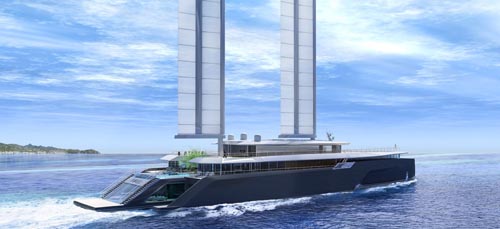
Komorebi is a Japanese word which describes how sunlight filters through the leaves of a tree. It has given rise to the architectural concept of incorporating natural light into design. VPLP has taken this idea as the basis for an ambitious project to develop a huge yet graceful trimaran which does indeed give priority to natural light.
Nexans-Arts & Fenêtres
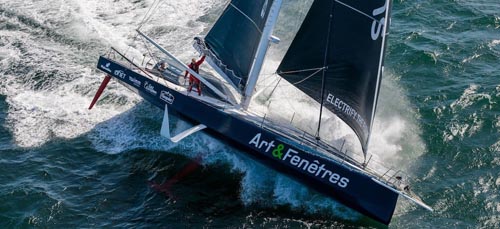
Vento di Sardegna then No Way Back then Newrest-Arts & Fenêtres then Nexans-Arts & Fenêtres Commissioned for the Sardinian sailor Andrea Mura, the sixth and final IMOCA of the 2015 generation designed by VPLP was ultimately sold to Pieter Heerema for his attempt at the 2016 Vendée Globe. Built at the Persico yard in Italy […]
Lagoon Motor Yacht
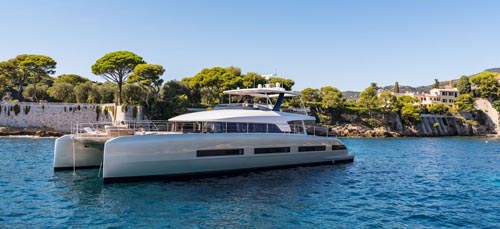
An extension of the Smartboat, the Lagoon MY wasn’t initially designed as a motorboat but a sailing yacht with the underlying idea of retaining the benefits of a catamaran (stability, independence and space for the owners).
Guyot Environnement – Water Family
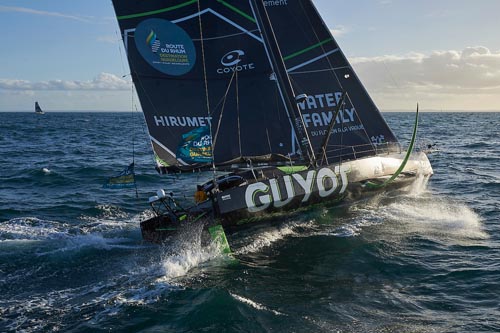
Hugo Boss then 11th Hour Racing then Guyot
Prysmian Group

StMichel-Virbac involved general studies and used moulds similar to those of her predecessor, Edmond de Rothschild, and was even built at the same yard, Multiplast in Vannes (France). And Now it’s Prysmian Group.
Fortinet-Best Western
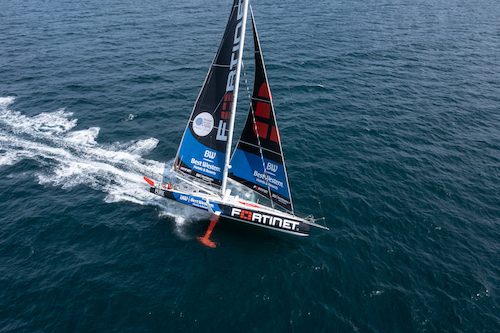
Imoca Edmond de Rothschild (Gitana XVI) then Malizia II (SeaExplorer – Yacht Club de Monaco) then Fortinet-Best Western
Medallia 2
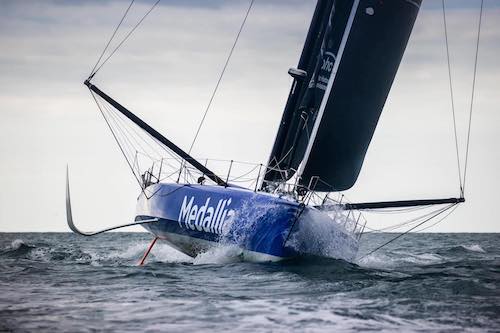
Banque Populaire VIII puis Bureau Vallée 2 puis Medallia 2
Groupe Apicil
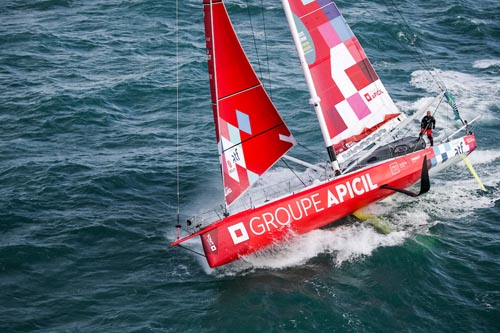
IMOCA Safran II then Maître Coq IV then Groupe Apicil
Astus 16.5 – 20.5 – 22.5 – 26.5
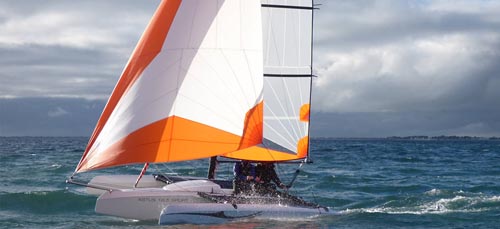
Boatbuiling company Astusboats developed this range of folding trailer trimarans featuring telescopic beams. Several versions are available (leisure, raid, sport and sport+) to satisfy the needs of a wide range of customers, from families enjoying day trips on the water exploring, to solo sportsmen and women looking for the thrill of competitive sailing. Some models also have bunks.
Oceanwings
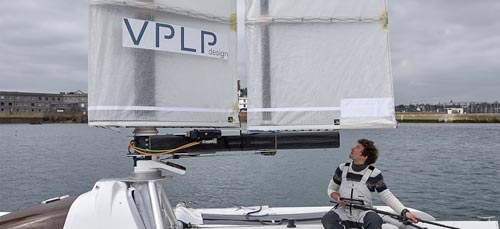
As part of VPLP’s commitment to a sustainable future and the decarbonization of the shipping industry, the firm has developed a wingsail which is compatible with the constraints of shipping. Much of the design is based on its experience acquired in the America’s Cup, notably on USA 17 which won the 2010 edition. The starting point was a very simple observation that, while this type of rig had already proved itself in terms of performance, it was missing two decisive functions if it was to satisfy this particular market: the capacity to reduce or increase its surface area, and a fully automated control system.